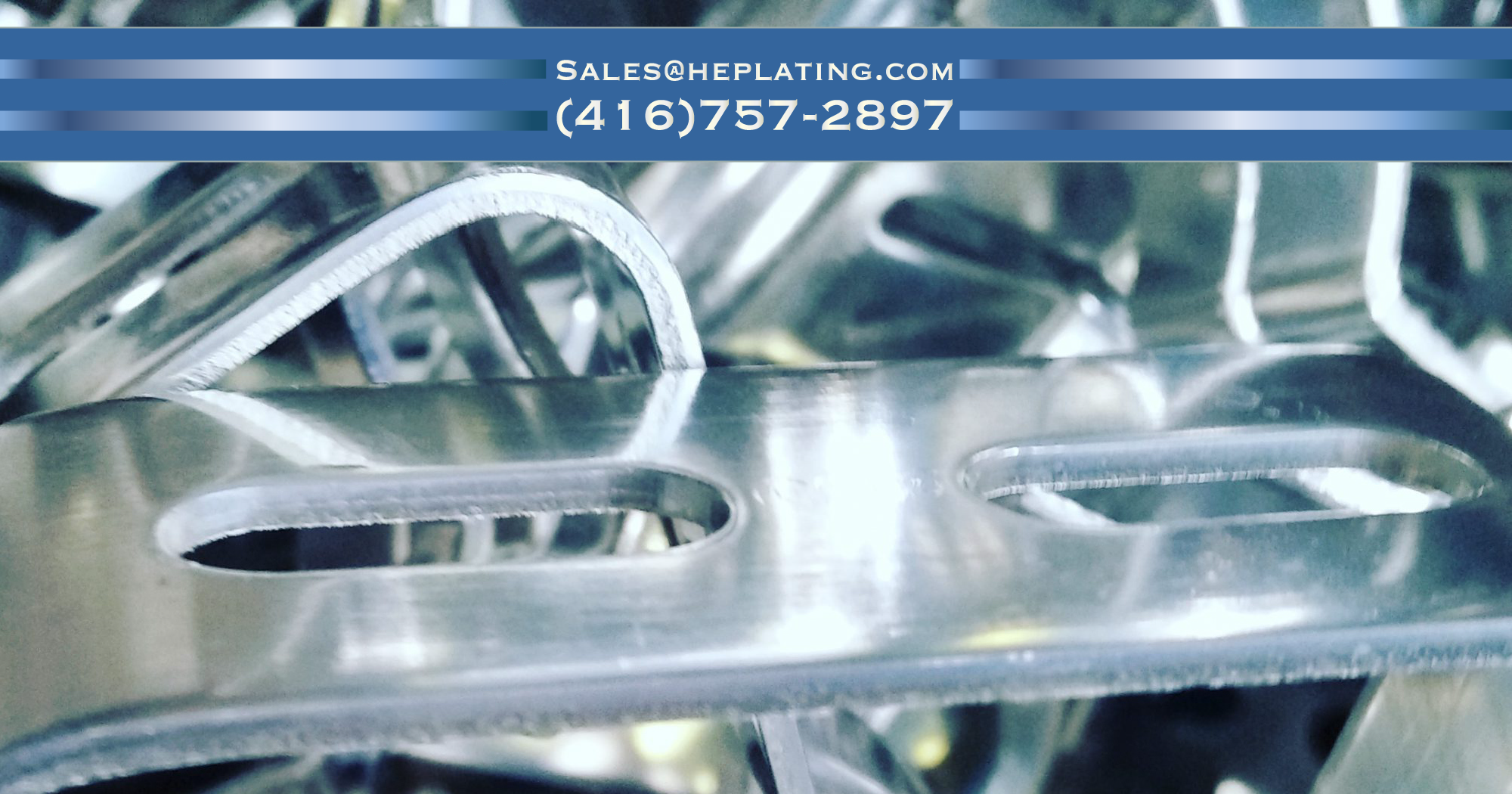Electroplating is a chemically intensive process necessary to protect metal components from corrosion and premature wear. Electroplaters are trusted to safely handle and dispose of industrial hazards in order to keep our natural environment safe and equipment reliable. This is a heavily regulated industry and rightfully so, but is it dangerous? If laws are followed, precautions taken and proper procedures implemented – absolutely not.
Our Responsibility As Metal Platers
Environmental Control is of utmost importance to Metal Plating Companies in Toronto, Ontario and throughout the world. At H&E Plating, we do our work fully aware our neighbours, employees, customers and wildlife count on us to continually improve plating processes to minimize the impact our metal finishing operation has on the planet. Our organization spends hundreds of thousands of dollars and works closely with the city of Toronto and the Ontario Ministry of Environment, on a nearly weekly basis, to ensure all pollution control systems exceed govt standards. We also do our work knowing that nothing harms our planet more than the needless manufacturing of replacement parts due to poor maintenance of equipment, machinery, vehicles and tools. The electroplating process is an extremely efficient, economical means of extending the life of a product with very thin coat of protective metal – typically between .0002″-.0005″.
Plating Substances Monitored In Effluent Water:
- Cyanide
- Aluminum
- Cadmium
- Chromium
- Copper
- Iron
- Tin
- Zinc
This list displays substances relevant to H&E Plating’s operations. The City Of Toronto monitors metal finishers for many more substances than listed above. You can learn more here


